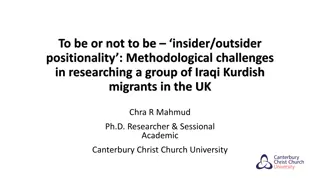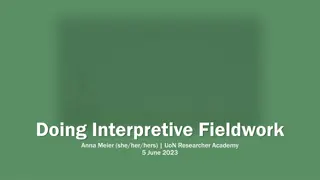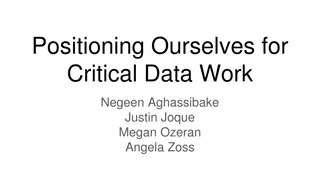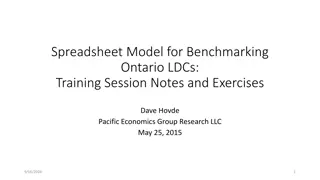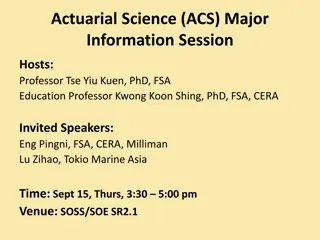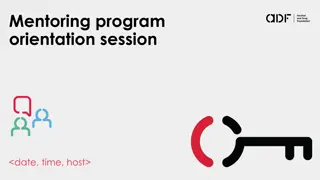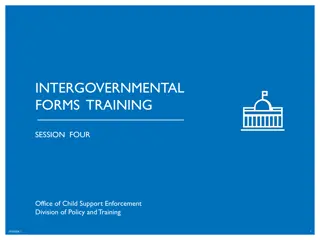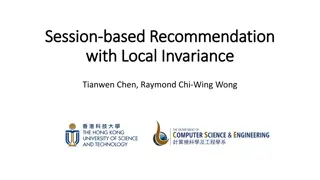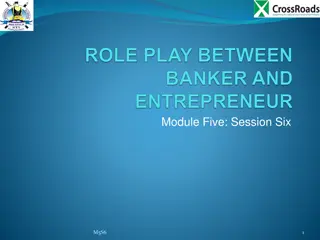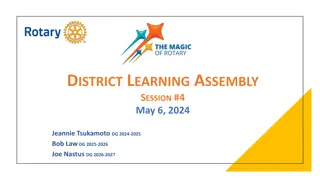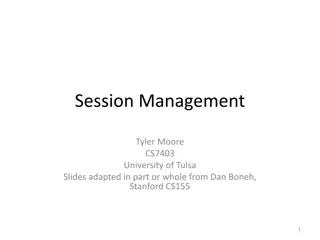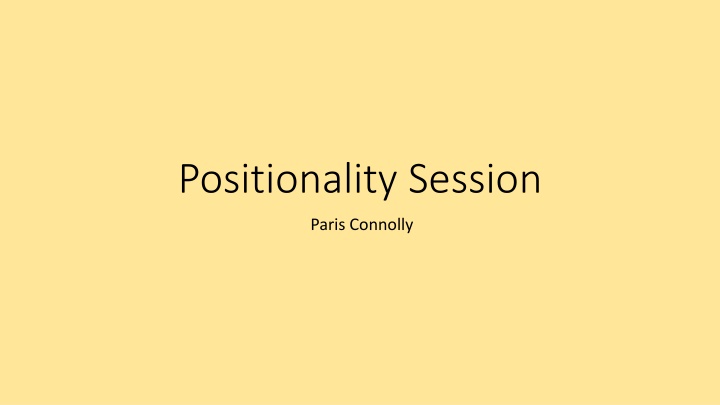
Positionality: Importance and Application in Teaching
Explore the concept of positionality rooted in Indigenous and feminist studies, its significance in self-reflection, teaching, and decolonization processes. Learn about vulnerability, openness, and engaged pedagogy in utilizing positionality statements effectively in educational settings.
Download Presentation

Please find below an Image/Link to download the presentation.
The content on the website is provided AS IS for your information and personal use only. It may not be sold, licensed, or shared on other websites without obtaining consent from the author. If you encounter any issues during the download, it is possible that the publisher has removed the file from their server.
You are allowed to download the files provided on this website for personal or commercial use, subject to the condition that they are used lawfully. All files are the property of their respective owners.
The content on the website is provided AS IS for your information and personal use only. It may not be sold, licensed, or shared on other websites without obtaining consent from the author.
E N D
Presentation Transcript
Positionality Session Paris Connolly
Disclaimer I am not an expert in positionality (my own or the concept!) I am here to facilitate (third session) Learning will be both ways Created PP on the basis of little understanding FEEL FREE TO ADD THIS CAN BE A WORKING POWERPOINT
What is Positionality? The concept of positionality comes from Indigenous studies and feminist philosophy (Black Feminist studies) The idea that areas of our identity impact our experiences in the world and shape the lenses we use to understand the world Links to Intersectionality (Crenshaw, 1989) Ethnicity, gender, sexuality, body type, class, (dis)ability, religious affiliation, future professional affiliation, and other groups of people with which you identify etc
Why is it important? Self location (research, teaching, areas of interest, environment) in story telling Deeper understanding for yourself and others (students/ co- researchers) on your motivations Reflexivity on/in practice Supports the decolonising process teaching in an institution that is colonial in nature gatekeepers/ rules DDMU self-audit tool What is societies dominant perception of your identity? (Pretty privilege, cisgendered, racially ambigious)
Vulnerability and openness It is up to you what you wish to share and with who You might want multiple different positionality statements 1. Teaching 2. Research different projects might have different ones 3. Personal working one! concepts and elements of your identity/ position you are still understanding and are not ready to share
How can we use positionality statements in our teaching?
Engaged Pedagogy Bell Hooks (2010) Democratic education must work to maintain democracy abortion laws Engaged pedagogy begins with the assumption that we learn best when there is an interactive relationship between student and teacher pg 19 Be radically open about resistance to thinking All students can make a valuable contribution Cooperative knowing together Encourages full participation We ask students what they know and what they would like to know at the beginning and allow students time to get to know each other to create a better environment Building community telling stories what is your go to story about yourself? contextual awareness We can t teach without bias if we are not prepared to learn at the same time Teaching critical thinking (Hooks, 2010)
Use in teaching Share the statement with your students at the beginning of a module/ staff profile page Ask students to draft their own positionality statements you could build this up as you talk about different topics getting them to reflect Use these to create community and engaged pedagogy Story development of how they have become who they are and the impact this has on their learning Research and dissertation modules Reflective assignments
Use in research Reflexivity is common in social sciences but not sharing Share with co-researchers (participants) if you feel this is important Share with gatekeepers Power dynamics insider/ outsider assumptions and privileges to information that come with both of those
A map of myself Harlap, Y. et. al (2008). Road to global citizenship: An educator's toolbookopens in new windo. Vancouver, Canada: University of British Columbia Pages 1-50 - Flip PDF Download | FlipHTML5 Microsoft Word - Appendix 2.docx (ubc.ca)
Some questions to reflect on How do my personal, professional and/or intellectual positionalities (identities, contexts, experiences, and perspectives) cohere with or diverge from my research inquiries? What legacies (personal, communal, societal, national, transnational and/or global) inform the social constructedness of my positionality? In what ways, or not, am I conscientiously, or not, reifying, resisting, disrupting, and/or changing the constructs of my positionality through this research process? How has my own positionality changed, or not, over time, and why? In what ways has it remained static, and why? In what ways has it been dynamic, fluid, emerging and/or generative, and why? How does my positionality recognize, honor, and/or problematize intersectional notions of difference (politics, economic class, race, ethnicity, nationality, citizenship, legality, age, ability, education, sexuality, gender, and/or religion?) as a conceptual praxis of analysis for my research context? (Author unknown Positionality Narrative PDF)


